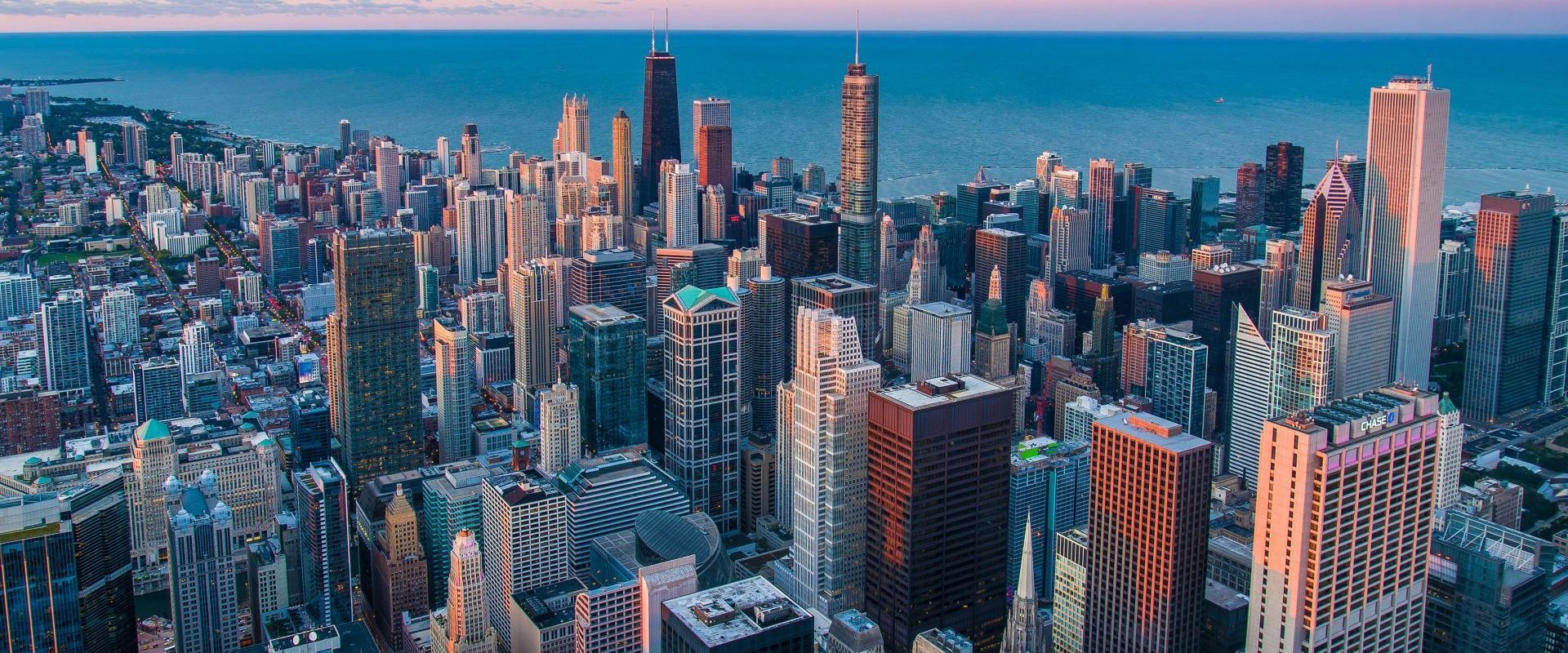Burj Khalifa - Feeling tiny in its grandeur

The Burj Khalifa, located in Dubai, United Arab Emirates, is the tallest building in the world, standing at an astonishing height of 828 meters (2,717 feet) and representing a monumental achievement in architectural design and engineering. Officially opened on January 4, 2010, the skyscraper serves as a symbol of Dubai's rapid modernization and ambition, showcasing the emirate's efforts to diversify its economy beyond oil dependency. Designed by the renowned architectural firm Skidmore, Owings & Merrill, the Burj Khalifa features a distinctive Y-shaped footprint that optimizes space and light while incorporating sustainable design elements, including solar panels and advanced water management systems.
The construction of the Burj Khalifa was a feat of engineering, with a budget of approximately $1.5 billion and a myriad of challenges, such as wind resistance and the logistics of building at extreme heights. It has since become a global icon, attracting millions of tourists each year and contributing significantly to Dubai's status as a leading destination for tourism and luxury living. The tower houses residential, corporate, and hospitality spaces, including the prestigious Armani Hotel, embodying a mixed-use functionality that reflects the dynamic urban landscape of modern Dubai.
Despite its acclaim, the Burj Khalifa has not been without controversy. The construction process raised concerns about labor conditions and worker safety, highlighting issues within the broader context of rapid urban development in the Gulf region. Additionally, while the building symbolizes progress and modernity, critics argue that it may overshadow the region's rich cultural heritage and traditions, prompting discussions about the balance between development and cultural identity in the face of globalization.
Overall, the Burj Khalifa stands as a testament to human ingenuity and ambition, while also prompting ongoing debates about the implications of such monumental structures on local culture and identity, making it a notable subject of study within architecture, urban development, and cultural discourse.
History
Construction and Design
The Burj Khalifa, standing at over 828 meters, was constructed with a budget of approximately $1.5 billion, aiming to diversify the United Arab Emirates' economy beyond its oil dependency. The project faced numerous engineering challenges, including managing thermal effects, the structural impact of wind, and the logistics of transporting materials and personnel as the tower rose. Designed by the architectural firm Skidmore, Owings & Merrill, the building features a unique Y-shaped footprint that maximizes natural light while minimizing structural load on the base. The gradual decrease in mass as the building ascends was a critical design feature aimed at addressing weight distribution. The leadership of H.E. Hamad Buamim, the director of the Dubai Chamber, was instrumental in overseeing the project, ensuring the collaboration of skilled architects and engineers who brought extensive experience to the endeavor. Special cranes and silicone materials were utilized to facilitate construction and control thermal effects, contributing to the project's overall success.
Opening Ceremony
The Burj Khalifa officially opened on January 4, 2010, marked by a grand ceremony featuring a spectacular display of 10,000 fireworks and choreographed light shows. The event highlighted the architectural marvel's significance, not only as a symbol of Dubai's ambitions but also as a beacon of modernity and innovation within the region.
Cultural and Economic Impact
Culturally, the Burj Khalifa plays a pivotal role in shaping Dubai's identity, intertwining with the city's intangible heritage to foster a unique local narrative that attracts tourists from around the globe. The building, alongside luxury hotels and shopping malls, positions Dubai as a key player in the global tourism market, underscoring the importance of heritage in contemporary nation-building.
Architecture
The Burj Khalifa showcases a distinctive architectural design heavily influenced by Islamic architecture, drawing inspiration from structures like the Great Mosque of Samarra. Its innovative Y-shaped tripartite floor geometry is specifically crafted to maximize the use of residential and hotel space. The building features a buttressed central core and wings that provide structural support for its impressive height, while all vertical transportation, except egress stairs, is contained within these wings. The tower's footprint, described as a triple-lobed structure, is an abstraction of the Hymenocallis flower, enhancing both stability and aesthetic appeal. As it rises, the building's mass decreases incrementally through 26 helical levels, culminating in a sculpted spire that exemplifies the integration of form and function. Sustainability is a core consideration in the Burj Khalifa's design. The exterior cladding is silver-coated to improve insulation, and solar panels have been installed to heat a substantial volume of water daily, supporting Dubai's broader efforts towards renewable energy adoption.
The architectural design not only optimizes the structure for energy efficiency but also provides stunning views of the Arabian Gulf from the Y-shaped floor plan. Furthermore, the building's design incorporates elements that resonate with local cultural themes, emphasizing the connection between architectural aesthetics and Islamic art traditions. The construction of the Burj Khalifa began on January 12, 2004, with innovative construction techniques employed to meet the project's ambitious timeline. A unique three-day cycle was adopted for structural work, supported by advanced logistics and a significant capacity for the transportation of materials. The project involved overcoming various engineering challenges, including wind resistance, which was addressed by designing a central core that minimizes twisting effects. Inside, the Burj Khalifa is adorned with luxurious interior designs by award-winning designer Nada Andric, featuring materials like silver travertine and polished black stones, as well as over 1,000 artworks from both local and international artists. This blend of regional cultural influence with international significance reflects the building's status as a global icon.
Functionality
Water Management System
The Burj Khalifa utilizes a sophisticated water management system, supplying the hotel with approximately 946,000 liters of water daily.This system includes an innovative cooling mechanism that condenses moisture from the outside air, as well as a feature designed for the reuse of water drained from the building. Such a design minimizes waste and enhances sustainability within the park surrounding the structure.
Structural Design
The architectural framework of the Burj Khalifa is characterized by its unique buttressed core system, which evolved during the design process.This system allows for greater stability and efficiency, particularly given the building's immense height. The approach simplifies communication about the design's essence, aiding in collaboration among architects, contractors, and stakeholders.
Mixed-Use Functionality
The Burj Khalifa serves multiple purposes, including residential, corporate, and hospitality functions.The tower features 900 residential units, which range from studios to four-bedroom apartments, alongside a variety of amenities such as swimming pools, a health club, and lounges. Originally intended to be a fully residential structure, the building's function shifted to a mixed-use model to better manage the vast amount of space and reduce carrying costs associated with renting out the entire facility.
Corporate and Hospitality Offerings
Corporate offices occupy levels 112 to 154, providing tenants with striking views and unique layouts, despite some unusual floor plans.The hospitality component includes the Armani Hotel Dubai, which spans the lower floors and features luxurious accommodations and dining options. Notable dining venues include AtMosphere, a fine-dining restaurant located on the 122nd floor, and several sky lounges offering breathtaking views.
Safety and Security
Safety measures are paramount in the design of the Burj Khalifa. A state-of-the-art information security system and surveillance cameras monitor the premises to address any potential threats.This focus on security is critical for both residents and visitors, particularly in a building of such monumental stature.
Construction Considerations
The construction of the Burj Khalifa was meticulous, with measures in place to ensure the durability of the structure.Concrete mixing was conducted during the cooler night hours and incorporated ice to slow down the curing process, thereby reducing the risk of cracks. However, the construction project was also marred by reports of poor working conditions, resulting in a high number of injuries and fatalities among laborers.
Awards and Recognition
The Burj Khalifa has garnered numerous awards and recognitions since its completion, solidifying its status as an architectural marvel and a symbol of innovation in skyscraper design.
Major Awards
In 2010, the Burj Khalifa was honored with the Best Project of the Year at the Middle East Architect Awards, reflecting its significance in contemporary architecture and construction practices. That same year, it became the first recipient of the Tall Building Global Icon Award presented by the Council on Tall Buildings and Urban Habitat (CTBUH), which recognizes exceptional achievements in tall building design and engineering.
Design and Engineering Accolades
The architectural firm Skidmore, Owings & Merrill LLP (SOM), which was responsible for the design of the Burj Khalifa, also received accolades for their groundbreaking work on the structure. The design, which was selected through an invited competition, underwent extensive peer review to ensure the highest standards of safety and efficiency. The project’s lead architect, Adrian Smith, was later recognized with various accolades for his contributions to the project and the field of architecture as a whole.
Cultural Impact
The Burj Khalifa has not only excelled in engineering and architectural awards but has also played a significant role in cultural discussions within the region. The building's international recognition has sparked conversations about the value of heritage and modernity in Gulf cities, contributing to a broader discourse on identity and cultural expression in the Middle East.
Comparisons
Global Significance
The Burj Khalifa, the tallest building in the world, holds a prominent position in the skyline of Dubai and is recognized globally alongside other iconic structures such as the Eiffel Tower in Paris and the One World Trade Centre in New York City. Its architectural height and design not only serve as a point of pride for the UAE but also symbolize the rapid urban development and modernization of Gulf cities.
Architectural Context
When comparing Dubai to other major cities, it is noteworthy that Dubai ranks first globally in terms of the number of skyscrapers exceeding 200 meters in height, surpassing even New York City. This concentration of tall buildings, particularly along Sheikh Zayed Road, reinforces Dubai's identity as a hub of modern architecture and urban planning.
Real Estate Dynamics
Despite not being classified as a prime neighborhood, Downtown Dubai, home to the Burj Khalifa, remains the most sought-after location for residential real estate, demonstrating the tower’s unparalleled appeal. The demand for luxury homes in Dubai, driven by strategic developments and a growing international buyer base, has solidified its status as a competitive market within the realm of accessible luxury.
Cultural and Historical Perspectives
In the broader context of cultural tourism, the Burj Khalifa represents a significant intersection of heritage and modernity in Dubai. While heritage revival efforts in the UAE are increasingly aimed at constructing a distinct national identity, the Burj Khalifa and similar structures are often viewed as tools to promote recreational activities and attract global tourism. However, there are criticisms that the rapid modernization of Dubai, as epitomized by the Burj Khalifa, does not reliably reflect the city’s cultural past or indigenous qualities, suggesting a need for a more culturally focused tourism approach.




